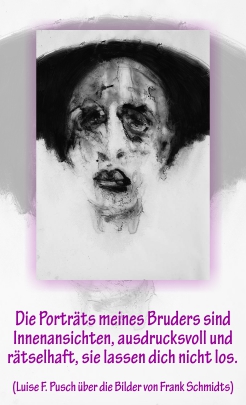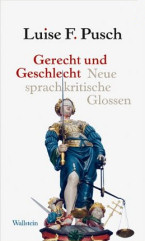
born on August 19, 1858 in London, England
died on May 4, 1924 in New Romney, Kent, England
British writer and socialist
100th anniversary of her death on May 4, 2024
Biography
Edith Nesbit is considered one of the most important children's authors in England, if not the world. Today experts view her books as classics and, one hundred years after their publication, they are still loved by children everywhere. My local library has them displayed on the shelf reserved for particularly popular books.
Edith Nesbit was the youngest of six children born in a well-to-do family in London. However, her father died early and her mother had to earn a living for the family. As a result, the children grew up in relative freedom, encountering few parental restrictions. This experience is reflected in Nesbit's stories: she usually chose to have a team of enterprising siblings embark on realistic (the Treasure Seekers trilogy about the Bastable children, The Railway Children) or highly original fantasy adventures (the Psammead trilogy).
Edith attended various boarding schools and, pregnant with child, married the socialist Hubert Bland at the age of 21. Together with G.B. Shaw, H.G. Wells, the youngest Marx daughter Eleanor and the married couple Beatrice and Sidney Webb, they founded the socialist Fabian Society, the forerunner of the Labour Party. Bland lost his fortune due to the fraudulent actions of a business partner, and Edith - like her mother before her - was forced to earn money for herself, her husband and their growing family. During the marriage, her husband fathered two more children out of wedlock, whom Edith also helped to raise.
She initially wrote poems and serialized novels for adults. Shortly before she began writing for children in 1900, her son Fabian died following a tonsil operation at the age of 15. Her German translator, Countess Sybil Schönfeldt, remarked: “Did she tell stories for Fabian? Did she collect for him in these novels all the magic and childhood happiness that they ... had experienced together in the summers by the sea? In any case, she told stories that were so imaginative, warm-hearted and surprising that they became better known than Alice in Wonderland.”
What set Nesbit apart from other children's authors was her friendly, companionable tone; she aimed to entertain her young readers, not to lecture or enlighten them. She seamlessly intertwined the fantastic with the realistic to create the first modern fantasy novel for children. In her famous novel, Five Children and It (1902), ‘It’ is a Psammead the children dig up in the gravel pit behind their house. The “sand fairy” had been sleeping for thousands of years and, thus disturbed by the children, he is at first grumpy, but ultimately proves himself to be a good-natured fellow who responds to kind words. He can grant the children one wish every day. At sunset, however, the wish becomes null and void - often fortunately! – and the original situation is restored. The children learn that it is not easy to make the right wish.
Nesbit's mixture of realistic and magical elements has influenced children's literature to this day, e.g. P.M. Travers' Mary Poppins and J.K. Rowling's Harry Potter saga. Incidentally, it is interesting that both these authors, like Nesbit, prefer to use their initials rather than their first names. For Nesbit, and also for Travers, the male authorship implied was good for business; Rowling's motive may be different.
Until the First World War, the family was able to live comfortably on the income she earned as an author, but her books sold poorly during the war. Her husband had died in 1914, and the general crisis affected Nesbit's creative powers. In 1917, she married a neighbor and felt lovingly attended to for the first time in her life. Her happiness did not last long; in 1924, aged just 65, Edith Nesbit died of lung cancer.
(Text from 2007)
Author: Luise F. Pusch
QUOTE
“In a Nesbit book there is always some sort of domestic trouble. One parent is usually missing, and there is never enough money; although to the twentieth-century reader, her “impoverished” middle-class households, each with its three servants and large house, seem like relics of some golden aristocratic age. Yet many of the children’s adventures have to do with attempts to improve the family’s finances.”
“…it is part of Nesbit’s genius that she sees them (the children) as clearly and unsentimentally as they see themselves, making for that sense of life without which there is no literature at any level.” (Gore Vidal, The New York Review of Books, Dec. 3, 1964)
(Translated with DeepL.com; edited by Ramona Fararo, 2024.)
Please consult the German version for additional information (pictures, sources, videos, bibliography).
Author: Luise F. Pusch
If you hold the rights to one or more of the images on this page and object to its/their appearance here, please contact Fembio.



